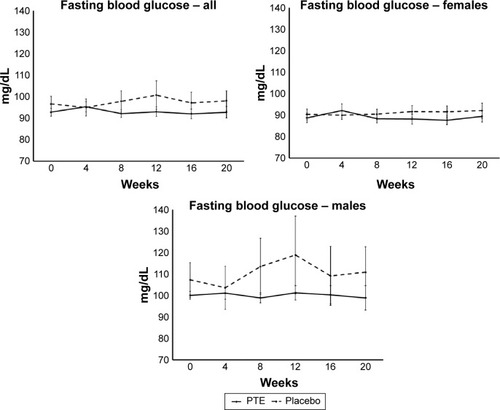Figures & data
Figure 1 Consort flowchart.
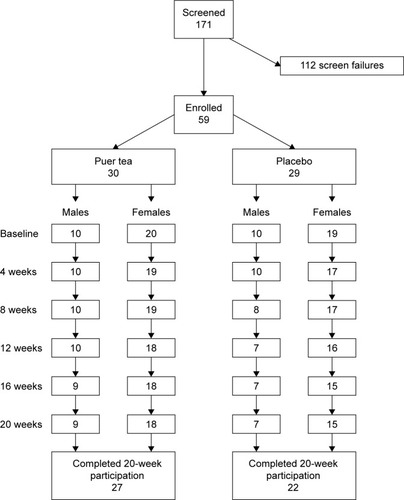
Table 1 Characteristics of study population
Figure 2 Body mass index (BMI).
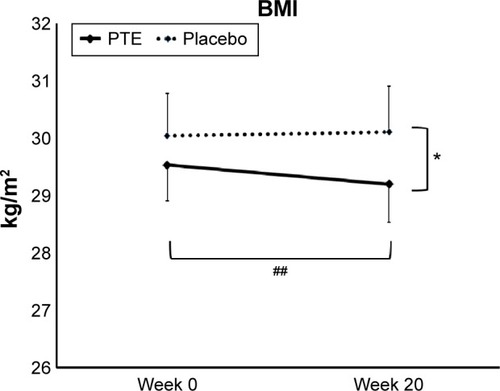
Figure 3 Changes in total body fat and regional fat composition.
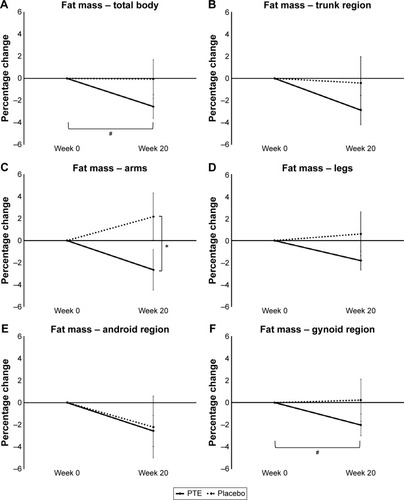
Figure 4 Lipid data are shown as group averages ± standard error of mean for the Puer tea extract (PTE) group (solid lines) and the placebo group (dashed lines).
Abbreviations: HDL, high-density lipoprotein; LDL, low-density lipoprotein.
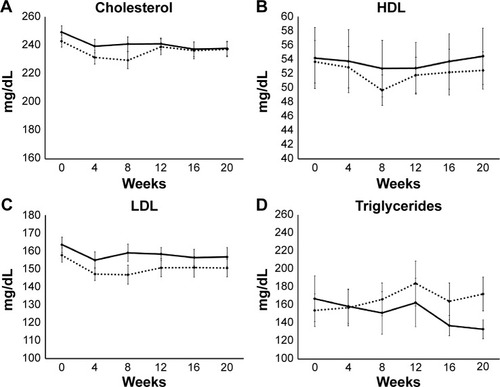
Table 2 Systolic and diastolic blood pressure during the study
Figure 5 Fasting blood glucose levels.
